

![]()


Arizona Hikes, Travels, Tours
Pictures, Photos, Images, & Reviews.
The Monsoon Rain Storms Of Yarnell, Arizona.
Where The Desert Breeze
Meets The Mountain Air.
George & Eve DeLange.


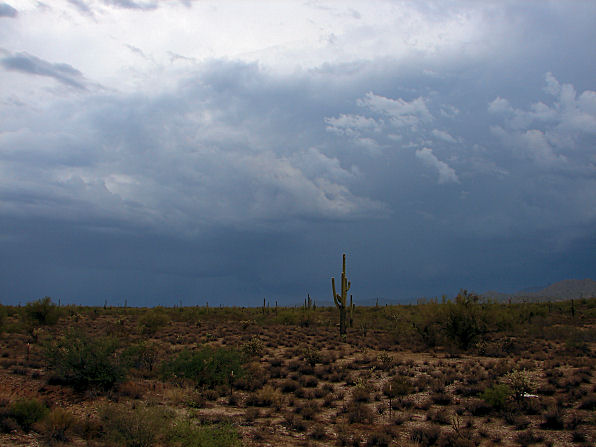 |
| Heavy Monsoon Rains, Looking North Toward Yarnell Hill, Arizona. Yarnell Is Located To The Top Left Of The Tall Saguaro Cactus. 50 Miles Away, In The Monsoon Clouds. August 25, 2008. 6:34 P.M. |
|---|
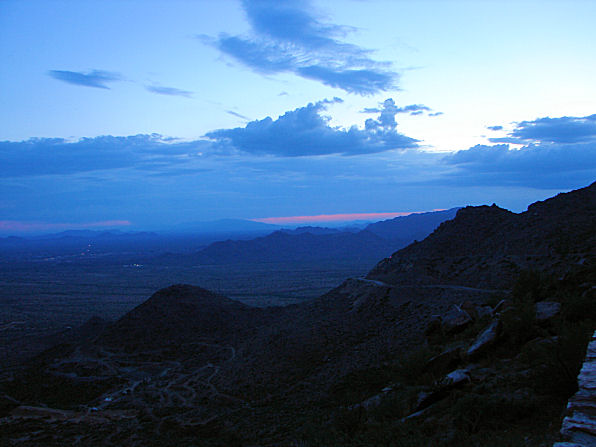 |
| Light Monsoon Rains Looking South West From Yarnell Hill, Lookout Point. On Highway 89 August 08, 2008. 7:45 P.M. |
|---|
One of the first things about Arizona, to suprise newcomers, is the fact that we have Monsoon Storms during the Months of Late June through Early September. The name "monsoon" is derived from the Arabic word "mausim" which means "season" or "wind-shift". Since the Arizona summer storm is a seasonable wind shift, it is truely a Monsoon. Until 2008, the operational criterion for the onset of the "monsoon" conditions used in Arizona was defined as, "a prolonged (3 consecutive days or more) period of dew points averaging 55�F" or higher." Then in 2008 the definition was changed to make it simpler to understand. By using this new system, weather scientists hope to raise the awareness on storm safety - i.e. dust storms, lightning and flash floods. According to this National Weather service's new calendar method, the Arizona Monsoon season will start on June 15 and end on September 30 of every year. The Monsoon Rains in Arizona are caused by what is called the North American Monsoon or (NAM). It occurs from late June or early July into September. It originates over Mexico and spreads into the southwestern United States by mid-July. It affects Mexico along the Sierra Madre Occidental as well as the states of Arizona, New Mexico, Nevada, Utah, Colorado, West Texas, and California. The North American monsoon is also known as the Summer, Southwest, Mexican, Desert, or Arizona Monsoon. The North American Monsoon, first shows up in scientific literature in 1949. Dr. Ronald Ives from the University of Indiana called it the �Sonoran Monsoon.� I guess you could call him the father of the Arizona Monsoon. Then researchers in the 1950's started using the term Arizona Monsoon, and by the early 1960s, the term, Arizona Monsoon, was working its way into the local television weather reports. These Seasonable Storms were not called Monsoons by the residents of Arizona until about the early 1980's. Now, in 2008, we rarely hear them called anything else. George remembers that when he was growing up in Glendale, everyone just called them Dust Storms! And that they were! In the mid morning we would begin to see white to dark clouds gathering in the far distant mountains. Then at about 5:00 P.M. to maybe as late as 8:00 P.M.; we would see that the white clouds had turned into heavy dark clouds. Then, here would come a solid wall of dust, being blown by a strong wind. Usually the storm would be blowing from the south to the north. It would come from directly over South Mountains, in the Phoenix area. If it came from the east to the west, we knew we were in for a strong storm. Usually, the ones from the south were not as strong. The dust would raise up to about 3,000 feet into the air. After the dust would pass, then here would come the rain, thunder, and lightning! Sometimes, the rain would be so heavy that it would cause flooding to the local washes. In any case it cleaned the air and washed things down. Sometimes, it would only wet down the dust that had just blown through and muddy down everything. This would usually calm down by about midnight, only to start all over again, the next day. Here is a brief explaination about the dust storms that we observed. They are created by the same conditions as in the sandstorm formations (Haboob) as in the Sahara desert (typically Sudan), as well as across the Arabian Peninsula. The southwestern deserts of Arizona, also experience haboobs. During thunderstorm formation, the winds move in a direction opposite to the storm's travel, and they will move from all directions into the thunderstorm. Then when the storm collapses, and begins to release rain, the wind directions reverse, moving outward from the storm and generally moving the strongest, in the direction of the storm's travel. When this downdraft, or "downburst", reaches the ground; dry, loose, sand from the desert blown upward, creating a wall of dust, preceding the storm cloud. This wall of dust can be up to 62 miles wide and to 3,000 feet in elevation. At their strongest, haboob winds can travel at 20-30 mph, and they may move into an area with little to no warning. As much as 70% of rainfall in our area occurs during the Summer Monsoon. Many of our desert plants are adapted to take advantage of this brief wet season. Therefore, these monsoons affect the flowering of our plants during and after the monsoon rains, as well as, in our spring flowering season. Because of the monsoons, the Sonoran and Mojave deserts have many beautiful wildflowers and unusual plants. Several weather people say that our monsoons are not as strong as they used to be. Some say they are changing in the direction that they travel as they move through the Phoenix area. They say that is proof of climate change. Well George would say that is probably not true. The change is that he has seen with his own eyes is that the vacant farm land has now been covered with asphalt, and large cities. Then during the day they absorb heat which rises creating a local movement of air upward. This causes the storms to move around these hot spots, thus moving the direction of the storms. It's really a no brainer. Yarnell, Arizona is located on the Highway 89, Scenic Route to Prescott, Arizona. Yarnell is also listed as one of the communities to visit along the American Heritage Trail route. There is a link to the Yarnell Chamber Of Commerce at the bottom of this page. While this page features the Monsoons of Yarnell, Arizona; we have included some dust storms of the Phoenix area. Due to Yarnell's elevation; Yarnell is usually not affected by the dust storms. But, sometimes the dust clouds will fall into Yarnell at its 4,800 foot elevation! Yarnell is also not as severely hit by the Summer Monsoons, as is the Phoenix area. We are showing some of the local road damage from the storms. These photos are 7 hours after the storm passed, so you can see how fast the water drained away after the storm. We thought that we might show some of these storms on our page. We hope you enjoy our efforts!
|
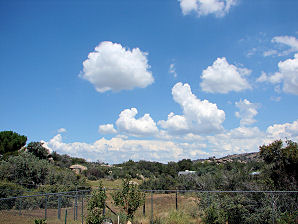 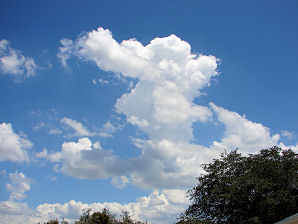 White To Dark Clouds | Gathering In The Far North Distance The Monsoon Storm Clouds | Are Beginning To Form In The Morning   By 1:00 PM Dark Clouds | Are Gathering In The Far North Distance By 1:00 PM Dark Clouds | Are Gathering In The Far North Distance 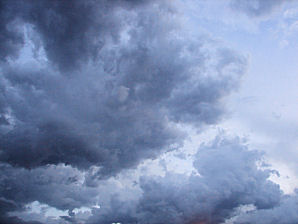 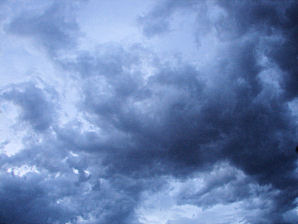 By 5:00 PM The Storm Clouds | Are Getting Darker In The Far North Distance By 5:00 PM The Storm Clouds | Are Getting Darker In The Far North Distance 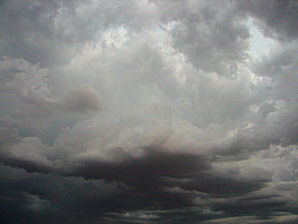  By 6:00 PM The Storm Clouds | Are Getting Darker In The Far South Distance By 6:00 PM The Storm Clouds | Are Getting Darker In The Far South Distance 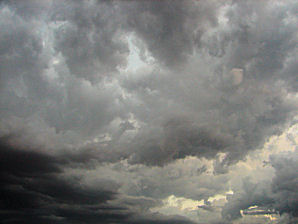 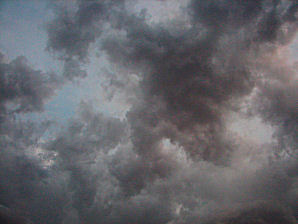 By 6:00 PM The Storm Clouds | Are Getting Darker In The South West Distance By 6:00 PM The Storm Clouds | Are Getting Darker In The South West Distance 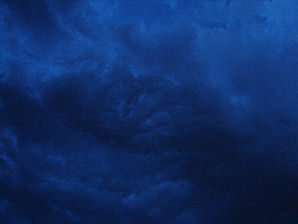 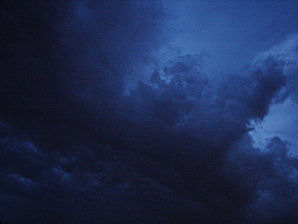 By 7:00 PM The Storm Clouds | Are Getting Darker In The East Distance By 7:00 PM The Storm Clouds | Are Getting Darker In The East Distance  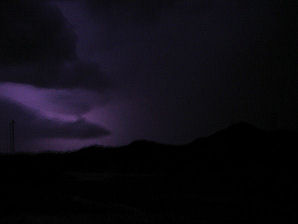 By 7:30 PM | Lightning Flashes In The West Distance By 7:30 PM | Lightning Flashes In The West Distance 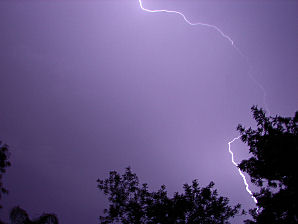 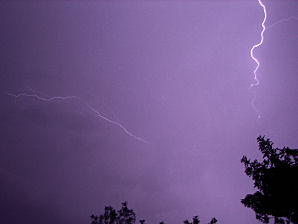 By 10:30 PM | Lightning Flashes In The West Distance By 10:30 PM | Lightning Flashes In The West Distance 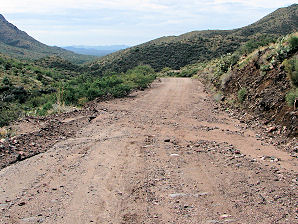 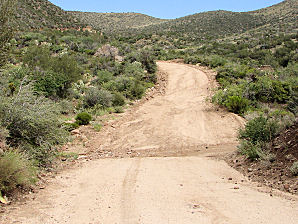 The Monsoons Wash Out | Many A Desert Road Near Yarnell, Arizona August 26, 2008 The Monsoons Wash Out | Many A Desert Road Near Yarnell, Arizona August 26, 2008 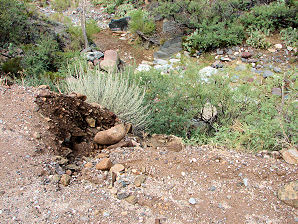  The Monsoon Washes | Empty Into Dry Streambeds Near Yarnell, Arizona August 26, 2008 The Monsoon Washes | Empty Into Dry Streambeds Near Yarnell, Arizona August 26, 2008  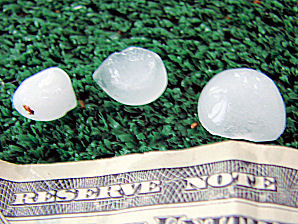 The Monsoon Storm | Brought Hail To Yarnell, Arizona August 26, 2008. 10:00 AM The Monsoon Storm | Brought Hail To Yarnell, Arizona August 26, 2008. 10:00 AM 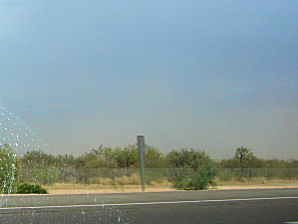 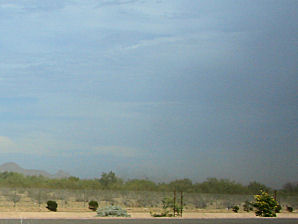 4:00 PM The Beginning | Of A Phoenix Dust Storm August 25, 2008 4:00 PM The Beginning | Of A Phoenix Dust Storm August 25, 2008 |
Links To Local Features & Attractions
We Are Proud Of Our SafeSurf Rating!
Click On Any Of The Following Links By Amazon.Com
For Books, & Equipment For Hiking & Gold Prospecting, In Arizona. No Obligation!
Click On Any Of The Following Links By Amazon.Com
For Gold Prospecting Equipment For Arizona. No Obligation!
Click On Any Of The Following Links By Amazon.Com
For Books, & Videos About About Arizona Animals, Snakes, Insects, & Birds. No Obligation!
Click On Any Of The Following Links By Amazon.Com
For Camping Gear. No Obligation!
We Buy Our Hard To Find Fruit Trees For Yarnell Arizona At Nature Hills Nursery.
We Have Several Nice Fruit Trees Growing In Yarnell, Arizona.
They Will Do Well In Other Similar Elevations In Arizona. ie.. Prescott, Cottonwood, Camp Verde, Sedona.
Cameo & Fuji Apples! Yummm! Click The Nature Hills Nursery Link To View.



Below Are Ads For Fruit & Vegetable Plant Fungicides Sold Through Amazon.Com That We Personally Use & Recommend,
Click On The Item For A More Detailed Look. No Obligation!
Link To Yarnell, Arizona Chamber Of Commerce Home Page
Back To Arizona Tours Page
Back To DeLange Home Page
For Books, & Videos About About Arizona Animals, Snakes, Insects, & Birds. No Obligation!
Click On Any Of The Following Links By Amazon.Com
For Camping Gear. No Obligation!
We Buy Our Hard To Find Fruit Trees For Yarnell Arizona At Nature Hills Nursery.
We Have Several Nice Fruit Trees Growing In Yarnell, Arizona.
They Will Do Well In Other Similar Elevations In Arizona. ie.. Prescott, Cottonwood, Camp Verde, Sedona.
Cameo & Fuji Apples! Yummm! Click The Nature Hills Nursery Link To View.



We Have Several Nice Fruit Trees Growing In Yarnell, Arizona.
They Will Do Well In Other Similar Elevations In Arizona. ie.. Prescott, Cottonwood, Camp Verde, Sedona.
Cameo & Fuji Apples! Yummm! Click The Nature Hills Nursery Link To View.



Click On The Item For A More Detailed Look. No Obligation!
Link To Yarnell, Arizona Chamber Of Commerce Home Page
|





